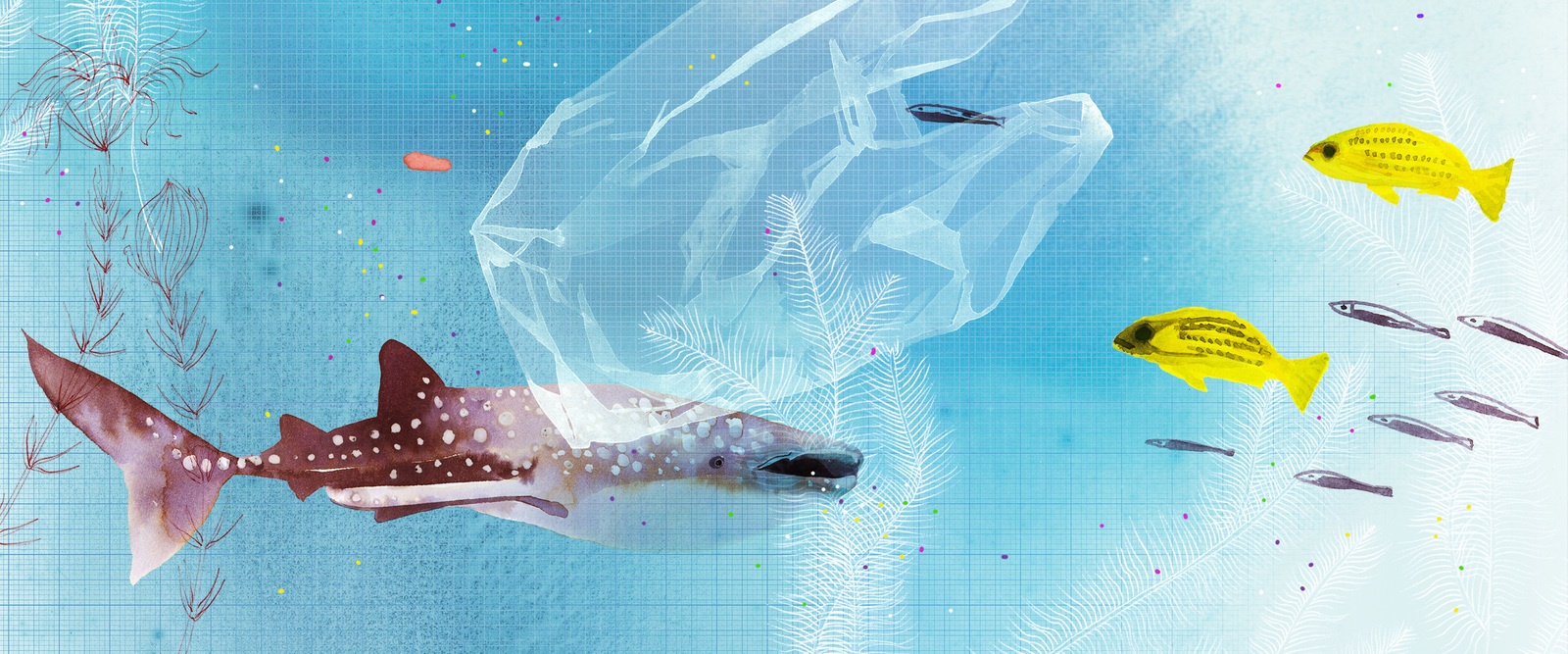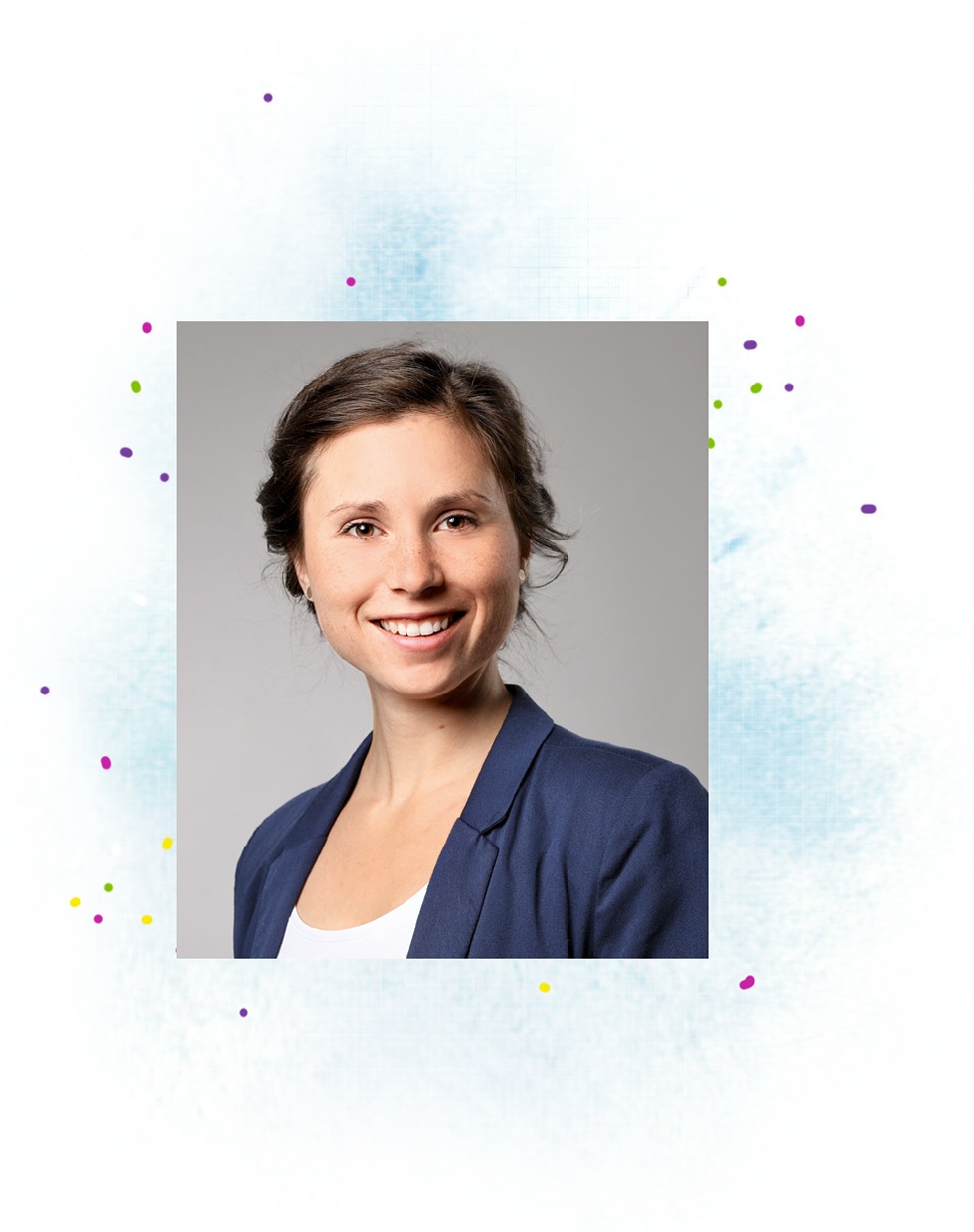Clean Water is the Basis of Life
Nowadays, the responsible use of resources is an important issue across society – from local municipalities and companies to private households. One of the most valuable raw materials is water. The aim here is to reduce consumption, treat and recycle waste water as much as possible and avoid contamination. One of the major challenges, both now and for the future, is microplastics. difference spoke to Leandra Hamann (Fraunhofer Institute for Environmental, Safety, and Energy Technology UMSICHT) about the opportunities of bionics and what washing machines can learn from caddis-fly larvae.


Where does your interest in water and microplastics come from?
对我来说,这是一个经典的案例,真正在学校享受生物学。我的父亲也使自然纪录片造成自然纪录片,这导致了许多有趣的家庭讨论。水也一直是我的元素 - 我开始潜水和冲浪在一个年轻的时候,我喜欢游泳。因此,研究古龙水的生物学是我经历的逻辑后果。但在我的学习期间,我觉得我缺少了这个主题的实际利益。识别物种是有趣的,知道它们是如何相关的以及它们如何运作,并做基础研究。但我对我们和社会如何建立的问题非常感兴趣。所以我转向仿生学的主题,我们还在哪里学习动物,但目的是找出我们可以从中学到的东西。当它来寻找我师父论文的话题时,我偶然发现了微薄的问题。这不是2014年的热门话题,因为它是今天的,但Fraunhofer研究所为我提供了在过滤解决方案上工作的机会。 I was particularly fascinated by the combination of bionics and this environmental problem.

你正在追求的方法是什么?
悬浮饲料器过滤漂浮颗粒,例如藻类和磷虾的食物,也可以摄取微薄塑料。如果我们可以从他们学习如何创建防止微薄塑料进入水中的过滤机制,则会获得这么多。
For my master’s thesis, I first researched which animals could be used as inspiration. Suitable candidates included mussels, sponges, whales, sea cucumbers and also flamingos. I then classified these species, chose 24 and sorted them according to biological and technical parameters. How does the respective filter mechanism work, which techniques are used, and what could we use? The whale shark, for example, has flow-optimising structures in its mouth, the flamingo uses fine hairs, while the sea fan coral works with mesh size and flow resistance.
And how did you put this idea into practice?
在下一步,我想到了过滤器should be used and looked more closely at the washing machine. With an estimated quantity of 5,200 tonnes per year in Germany, synthetic textile fibres have a considerable impact on microplastics emissions. The key questions now were: how do the current filter mechanisms work, how should a microplastics filter be designed and how much space is available? In a case study, I chose the caddis-fly larva, which stretches nets made of a silky material between stones and sticks in running water. The nets catch food particles which it can then eat. Initial calculations have shown that the material and structure would trap the fibres and withstand the flow conditions in the washing machine. But the process of implementing a caddis-fly filter is currently still too complicated. Other biological models are easier to apply, and this is what the Fraunhofer experts are currently working on.
This example shows that it is worth studying biological filtration mechanisms in more detail and working on their implementation in technology. That is why, starting this year, I will be working on my doctorate in bionic filtration concepts at the University of Cologne in cooperation with Fraunhofer UMSICHT. This research could be beneficial for sewage treatment plants, industrial filters and cleaning systems in oceans. I am also still actively involved in microplastics research. I took part in the Runden Tisch Meeresmüll (round table on marine waste) and was invited to participate in discussion panels. It is very clear that there is an urgent need to get the situation under control.
在您看来,我们掌握问题的机会有多好?除了你自己,你知道似乎有前途的其他方法吗?
It’s not an easy situation to judge. There are still many unanswered questions about microplastics and it is not yet possible to carry out a risk assessment. However, the fact remains that we must reduce the amount of plastic in the environment. It is an extremely complex problem – plastic is available all over the world and many parties are involved – so we must work together to get the situation under control. Consumers must understand that plastic is a recyclable material and act accordingly. Authorities must establish legal requirements that limit the use of certain materials and additives. Businesses must be proactive and use high-quality, durable and above all abrasion-resistant materials. And the scientific world must focus on researching topics such as bioplastics, recycling possibilities and filtration mechanisms. This brings us right back to bionics. In my opinion, we can learn a lot from nature – and not just about filters.



